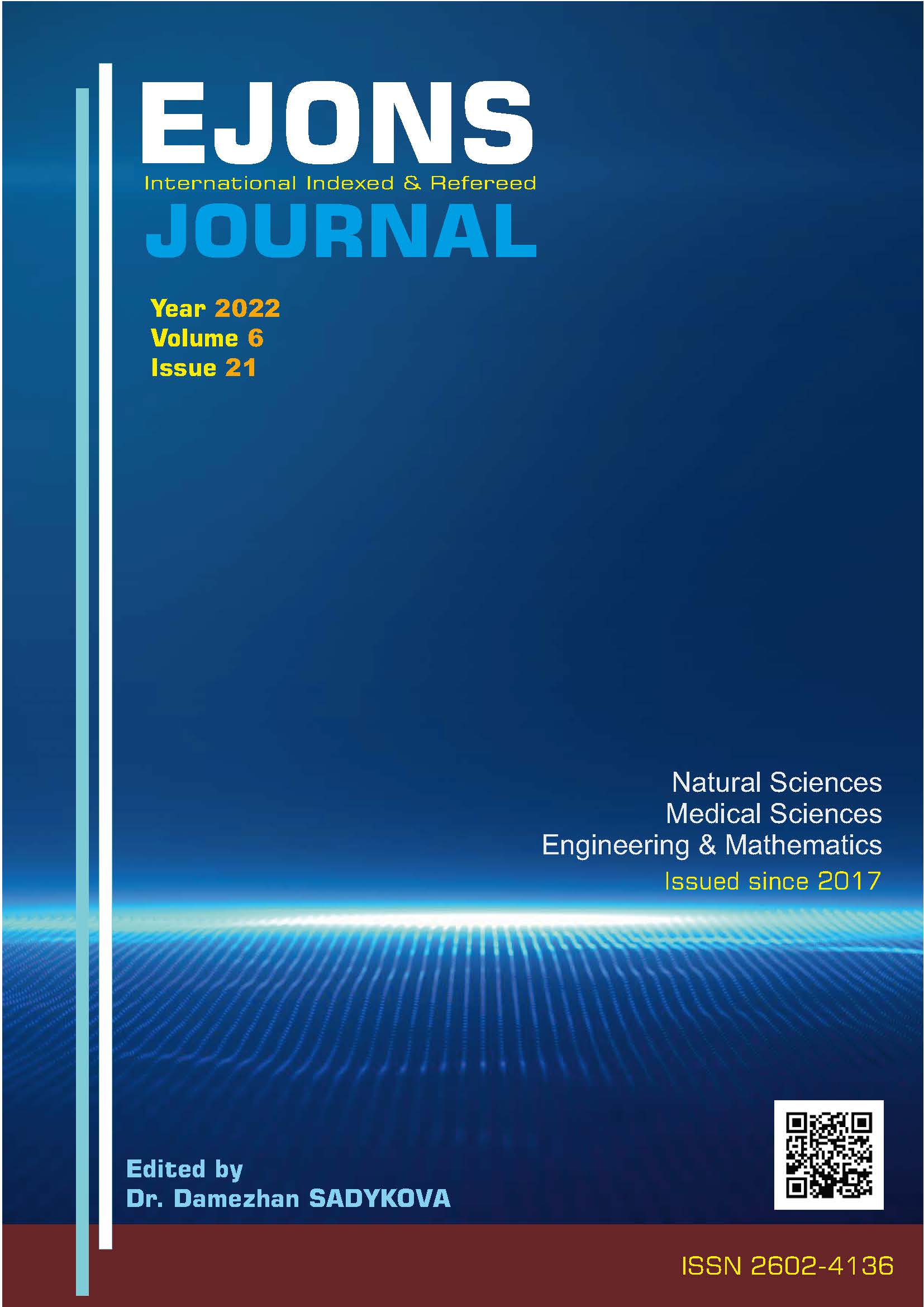Length-Weight Relationship and Condition Factor in the Delice River (Kızılırmak) Aphanius marassantensis Population
DOI:
https://doi.org/10.38063/ejons.628Keywords:
Delice River, Growth, ConditionAbstract
This study aims to determine the length-weight relationship and condition factor values of Aphanius marassantensis in the Delice River, one of the important tributaries of the Kızılırmak River, within the scope of growth characteristics. The research was carried out seasonally at 22 stations between March 2019 and February 2020. Electrofisher device and ladles were used for fishing. Length-weight relationship and condition factor were calculated according to the samples’ measured total length and weight values. The length distribution was determined as 26.75±4.3875 (17.00-34.00 mm), and the weight distribution was 0.29±0.1319 (0.09-0.54 g.) Length-weight relationship was calculated as W= 0.000004 x L3,214, logarithmic regression equation as LogW=-5.39794x3.214 LogL, and Correlation Coefficient as R2=0.9129. According to the b value of the growth parameters, it was determined that there was positive allometric growth in the Delice River A. marassantensis population. The condition factor value is 1.3804±0.1157 (1.2160-1.7069), indicating good growth. It has been determined that A. marassantensis individuals are localized in a very narrow area in the Delice River and do not have a wide distribution. In addition, based on the population structure of the Delice River and the observations at the hunting stations, it was evaluated that there should be a priority for conservation among other species
Downloads
Published
How to Cite
Issue
Section
License

This work is licensed under a Creative Commons Attribution-NonCommercial 4.0 International License.


